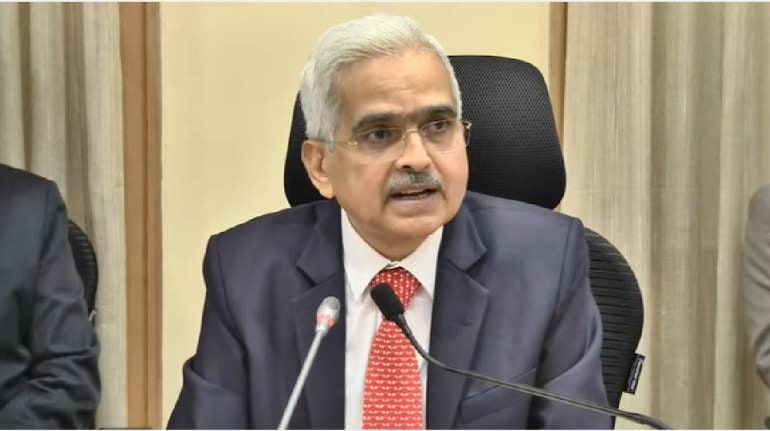



India’s headline retail inflation surged far more than expected in January. And economists are now bracing for another interest rate hike from the Reserve Bank of India (RBI) in April.
Data released on February 13 by the statistics ministry showed Consumer Price Index (CPI) inflation jumped 80 basis points to a three-month high of 6.52 percent last month.
This was well above consensus expectations of 6.1 percent, with the highest estimate being 6.31 percent.
One basis point is one-hundredth of a percentage point.
“Shocking is the closest word that comes to mind when describing January CPI inflation data," noted economists from QuantEco Research.
“Barring items of fuel, it is a challenge to find signs of comfort even at a sub-component level,” they added.
Of the five major groups in the CPI basket, only one index — fuel — did not post a month-on-month increase in January.
While the fuel and light group index of the CPI was unchanged from December, the food index was up 0.3 percent, clothing and footwear: 0.4 percent, miscellaneous items: 0.5 percent, and housing: 0.8 percent. This resulted in a 0.5 percent overall increase in the general index of the CPI.
“Overall, the January inflation figure was a shocker. After today's data, one cannot rule out another 25-basis-point rate hike in April,” Nikhil Gupta, chief economist at Motilal Oswal Financial Services, said in a note on February 13.
The RBI’s Monetary Policy Committee, which announced a 25-basis-point increase in the repo rate to 6.5 percent on February 8, is scheduled to detail its next interest rate decision on April 6. While the committee’s rate hike decision last week was along expected lines, the continued focus on the withdrawal of accommodation was perceived as hawkish, with economists seeing it as the RBI keeping the door open for further action.
Should the MPC decide to increase the repo rate on April 6, it would be the seventh time it would be doing so in less than 12 months.
Food and core
Higher food prices were the key driver of inflation last month, with food inflation jumping to 5.94 percent in January from 4.19 percent in December on the back of a sharp increase in prices of cereals, eggs, and spices, with prices of meat, fish, and milk also on the rise.
Rahul Bajoria, Barclays’ chief India economist, said the big increase in cereal prices was contrary to expectations.
“Even though it has not shown up in the indicator, we believe the sale of wheat in open markets is leading to price corrections, which should reduce pressure on the inflation momentum in the coming months,” Bajoria added.
Bajoria is currently estimating February CPI inflation a tad lower at 6.3 percent, with elevated cereal prices and an increase in dairy rates on one hand and a decrease in egg and meat prices on the other.
Gaura Sen Gupta, India economist at IDFC First Bank, sees February inflation little changed at 6.5 percent, with inflation excluding food and fuel items — or core inflation — averaging 6.1 percent this quarter and 5.4 percent in 2023-24.
“Details show core goods inflation rising for the third consecutive month (7.8 percent in January versus 7.7 percent in December), reflecting higher gold prices. Meanwhile, core services inflation remained sticky (5.3 percent in January versus 5.4 percent in December) reflecting a rise in healthcare and housing,” Sen Gupta noted, adding that chances of a 25-basis-point rate hike in April had increased after the latest inflation data.
The MPC has explicitly noted its concerns about sticky core inflation in recent months, with its statement last week citing the need to break the persistence of core inflation.
No durable disinflation
In his post-policy address on February 8, Governor Shaktikanta Das said the monetary policy had to be tailored to ensure a “durable disinflation process”. But, according to Madhavi Arora, lead economist at Emkay Global Financial Services, the “inflation shocker” means “we are far from the 'durable disinflation’ process”.
After spending the first 10 months of 2022 above the RBI’s upper bound of the 2-6 percent tolerance range, CPI inflation eased to 5.88 percent and 5.72 percent in November and December, respectively. However, it has breached the 6-per cent mark after just a two-month rest.
“January-March inflation may now be possibly 50 basis points higher than RBI’s revised estimate and could also force the RBI to further tighten their stance ahead,” Arora added, referring to the central bank’s forecast of 5.7 percent for the current quarter.
The jump in inflation last month has forced Aditi Nayar, chief economist at ICRA, to raise the rating agency’s forecast for the quarter by 20 basis points to 6.2 percent, “suggesting that another rate hike may be in the offing in April”.
Discover the latest Business News, Sensex, and Nifty updates. Obtain Personal Finance insights, tax queries, and expert opinions on Moneycontrol or download the Moneycontrol App to stay updated!